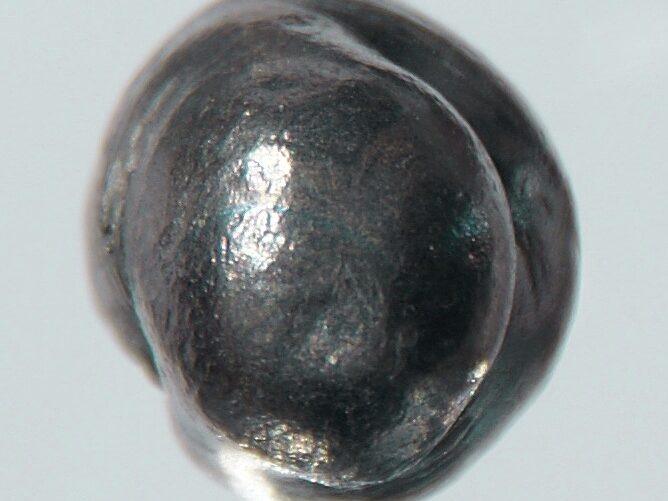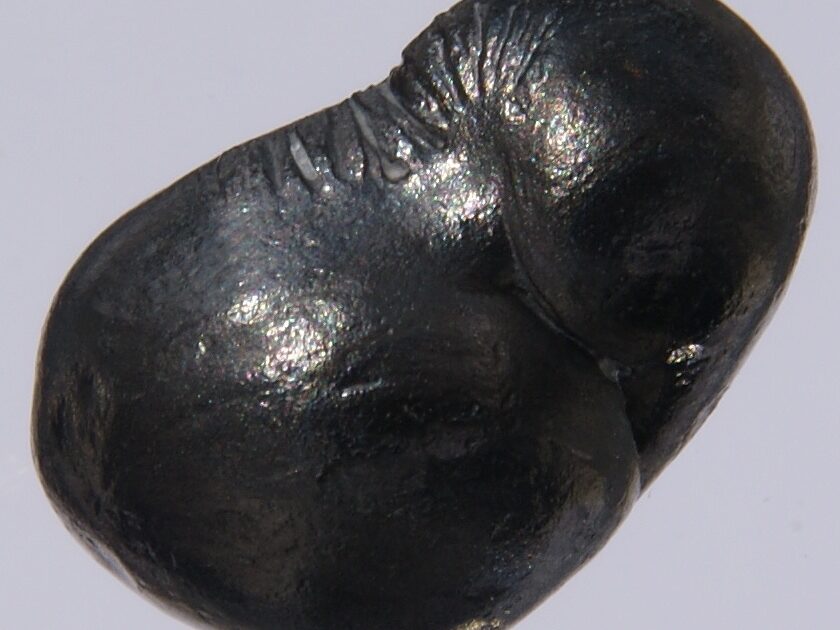Snap Summary
Beryllium is a strong, lightweight metal with excellent thermal and electrical conductivity, used in various applications such as springs, microwave tuning mechanisms, alloys, missiles, spacecraft, and mirrors. However, it poses significant health risks, including chronic beryllium disease (CBD) and acute beryllium disease (ABD), which can result from ingestion or inhalation and cause severe respiratory issues.

Beryllium is a remarkable metal with unique properties and various applications. However, there are also some dark sides to this element. Read this article to discover everything about the element beryllium in the periodic table.
Table of Contents
- Discovery
- Properties
- Commercial Uses
- Dark Side
- Occurrence and Extraction
- Frequently Asked Questions
Discovery
Beryllium was first discovered in emerald and beryl by chemist Nicolas-Louis Vauquelin. However, he couldn’t isolate it independently.
Later, chemists Friedrich Wöhler and Antoine A.B. Bussy isolated it through a reduction reaction.
Properties of Beryllium

Beryllium has the atomic number 4 and the symbol Be represents it. As an alkaline-earth metal, it is strong, lightweight, and brittle.
It has excellent thermal conductivity, which is useful in heat dissipation applications. Moreover, it has good electrical conductivity, though less than copper or silver.
It is also elastic, indicating its rigidity and resistance to deformation. It is also non-magnetic, making it useful in applications with problematic magnetic materials.
Surprisingly, it is only alkaline earth metal that is unreactive with water. It is because of the stable electronic configuration (2s^2) that makes high activation energy.
Commercial Uses of Beryllium
Spring: Because it is elastic, it is commonly used as a material for spring.
Microwave: Non-magnetic beryllium, which does not affect the magnetic field, is used to tune the magnetic mechanism in the microwave!
Alloys: It can form an alloy with many materials like copper. Its alloy is usually used for bushings and bearings.
Missiles and Spacecraft: Because of its lightweight properties and stable structure, it is used in many missiles and spacecraft. It is even used in the James Web Telescope.
Mirrors: Berillium, as an alkaline metal, can reflect light very well. This made it suitable as a material for mirrors.
Dark Side of Beryllium (Health & Safety)

It can cause negative effects in many ways.
Don’t eat it because it can cause chronic beryllium disease (CBD). CBD, which can be fatal, results from inhalation of it. The symptoms include shortness of breath, unexplained coughing, fatigue, weight loss, fever, and night sweats.
Don’t touch it because it can cause Acute Beryllium Disease (ABD). ABD can inflame your lungs and cause difficulty breathing, coughing, and chest pain.
Occurrence and Extraction
We can easily find beryllium compounds in mineral rocks, soil, coal, oil, and volcanic dust, including beryl and bertrandite. As a result, we can obtain it by mining the earth’s crust, even though it is rare due to high reactivity.
Extraction starts with mining. We melted, solidified, crushed, and treated it with sulfuric acid to make a water-soluble sulfate. Then, this solution goes through the chemical extraction process, ultimately turning into pure Beryllium.
Frequently Asked Questions
Q: Can I make a meal with beryllium?
A: No, it is toxic and not edible.
Q: Can I use beryllium to make a superhero suit?
A: No, it isn’t suitable for making superhero suits. It’s toxic and too brittle.
Q: Can we recycle it?
A: Surprisingly, yes! The metallic parts from pure beryllium are readily recyclable.
Share your thoughts on its remarkable properties and potential impact!
Subscribe to Us for a Free E-Book! The latest science news goes straight to your inbox!


